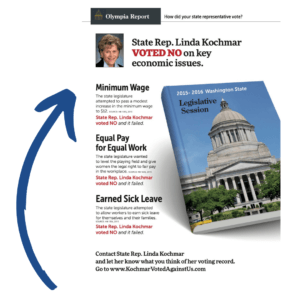Early bird gets the worm – and the voter.
If you’ve been on our email list for a long time (first of all – thanks for not unsubscribing) you know that we are huge proponents of early communications. And we wouldn’t be good political communicators if we didn’t repeat that message often. Looking towards 2022 and the battle we face in keeping majorities and winning important elections, we regularly participate in research briefings outlining why we MUST find the resources and the will to start our messaging earlier to find successes.
I would be remiss to not thank those who are reading this who are part of these organizations, which have invested hard-raised resources in this research, and the great vendors executing these programs.
- Some big take-aways that are common threads in these briefings:Democrats need to set the stage in creating a focused positive reason for why we deserve voters’ support. The orange-haired demon is out of the Oval Office so we can’t rely on that huge advantage when it comes to utilizing negative partisanship.
- As we all know, media consumption habits are changing and we are seeing trends that point to very large advantages when a campaign utilizes long-term storytelling techniques. Long-term storytelling is especially key to winning leaning-Democrat and independent women as well as mobilization targets.
- Important demographics have checked out and are no longer paying rapt attention to politics on a daily basis. Which means we need to invest resources to convince them why they should still be paying attention. This is an opportunity as we potentially don’t have to compete with established thoughts and instead we can introduce our positive arguments.
Every cycle something happens between the last poll of the previous cycle (election day – the biggest sample size of them all) and the first poll of the next election. Perceptions of candidates go up and down so two or four years later your candidate will be in a very different spot than where you left them on their election day. By utilizing an early communication strategy, we can help set the stage for victory by controlling what that narrative is heading into the campaign cycle before voters are bombarded with everyone else’s messages.

In 2016, we conducted an important series of tests on incumbent state legislators in Colorado and Washington where we sent positive and negative communications about their voting record in the state legislature. This project was funded to have pre- and post-message testing which allowed us to see the efficacy of these communications.
On average across two states and seven districts, we found that a three piece direct mail program into key demographics could significantly shift voter attitudes toward or away from an incumbent, by an average of 7% and as much as 11%. Interestingly enough, the five swing seat Republican legislators who were targeted by the negative-program lost and the two Democratic swing seat legislators that were part of the positive-program were re-elected. In one of the Washington districts where we have contiguous house districts with two members in each we had one Republican that was targeted by the program and one that was not. Polling showed movement away from the targeted GOP member and no change in perception on the non-targeted member, indicating that voters (a) actually read the mail and (b) retained enough information to change their attitude toward the targeted Republican while not on the un-targeted member (whom had the exact same voting record).
Early communication programs (which really should just be part of the main communication program) can take many forms. At CN4, we excel in matching strategies to your target demographics and producing winning media. If you have a political project that you think could benefit from early communication, let’s talk! Give me a call at (206) 794-1961 or email me at parker@n4partners.local.
– Parker